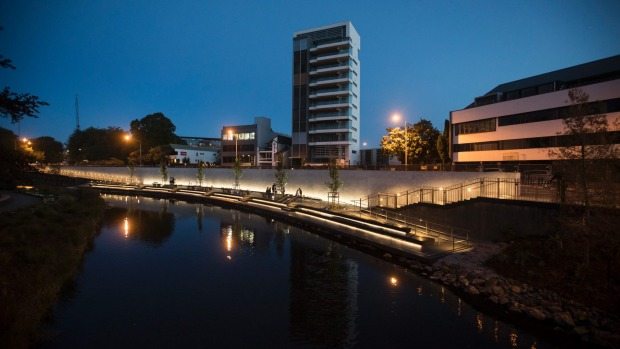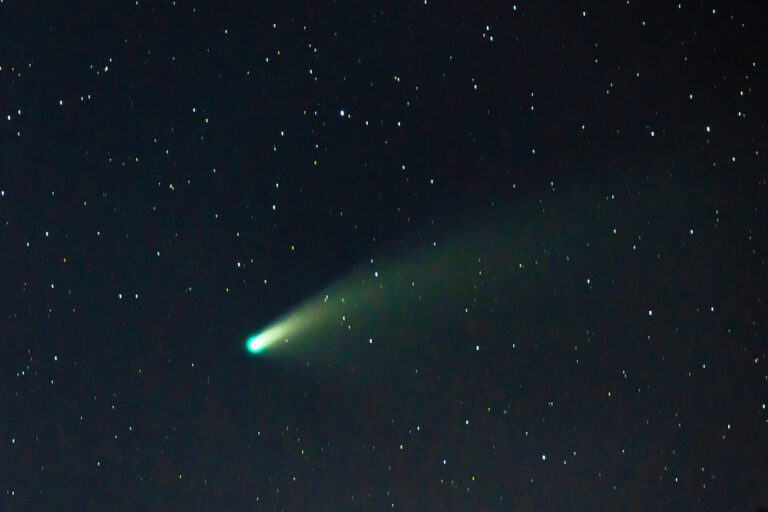On the second, third, fourth and fifth anniversaries, Cantabrians congregated, commemorated and dispersed. Flowers flowing through the lower reaches of the Avon River were the only reminder of 22 February, 2011. Yesterday was different.
“Six years ago . . . I remember the mayor at the time, Sir Bob Parker, giving a solemn undertaking that in time there would be a place for recording the names of those who had died,” Christchurch Mayor Lianne Dalziel told hundreds gathered on the central city riverbanks for the unveiling of Oi Manawa, New Zealand’s official memorial for the 185 people who died in the 2011 earthquakes.
“Now is the time. This is the place.”
The memorial’s design, by Slovenian architect Grega Vezjakm, was selected from more than 300 submitted. It features a 112.5m curved marble wall, a riverside walkway and a bridge that crosses to a smaller memorial garden.
The names of the victims are carved into 40m of the wall. The memorial, translated as “tremor of the heart”, also acknowledges the emergency services and other first responders, and those who were seriously injured.
Dignitaries and bereaved family members gathered on the bank for the occasion. About 3000 members of the public crammed a nearby bridge and vantage points at office windows and apartment balconies.
Governor-General Dame Patsy Reddy unveiled the memorial saying, “This memorial is a pledge from us, the living, to those that we have loved and lost. A pledge that they will not be forgotten.”
“As this river flows towards the sea, its life and movement reflect the strength that comes from common effort and the hope and determination to overcome the trials that beset us.”
The curtain lifted on Oi Manawa and a tribute that accompanied the 185 names. It read, in part:
“We remember those who died, those who were hurt and those who experienced loss. We offer our thanks to those who came for us, to those who risked their lives for ours and to those who supported us. Together we are stronger.”
Prime Minister Bill English addressed the bereaved families directly.
“We cannot know what fear or courage or hope filled the last moments of your loved ones,” he said.
“For years to come people will come to this place to remember and honour your loss and hope, as we hope today, that this memorial of hopes will stitch up the ragged edges of broken hearts.
“You can know that the memories of your loved ones are at the foundations of this renewed city. May the living live with hope and those who have died rest in peace.”
The 185 names were read out and a minute’s silence marked at 12.51pm, the time of the major quake, as poignant as ever.
For many, the most haunting moment was Lyttelton singer-songwriter Marlon Williams’ haunting, unaccompanied singing of Now Is The Hour, New Zealand’s traditional farewell to visitors, in Maori and English. Williams has become Christchurch’s unofficial poet laureate for his lament, My City Of Ruins.
Afterwards, instead of dispersing, people stayed. They had a reason to. The queue to get down to the memorial wall was so long access had to be staggered in groups.
“It’s absolutely beautiful,” said Deb Conley, who had come from America, on her first trip to New Zealand, with her daughter Sarah.
Their stepdaughter and stepsister Rachel Conley died: she had just finished the trip of a lifetime through Southeast Asia and New Zealand, was due to fly home next day, and had decided to get a tattoo to mark the trip.
She died with the tattooist, Matthew McEachen, whose father Bruce is chairman of the bereaved families’ support group. The two families have become firm friends.
“It just provides all the spaces that you need. The ability to touch the names on the wall. To sit and reflect. It serves so many purposes. It is everything that we could have dreamed of.”
Further into town people gathered, crying, at the site of CTV building, where 120 people died, many of them students at an English language school. An emotional man crouched near the ground, holding a baby.
On Tuesday night a private service, led by Ngai Tahu, was held at the site for family members.







